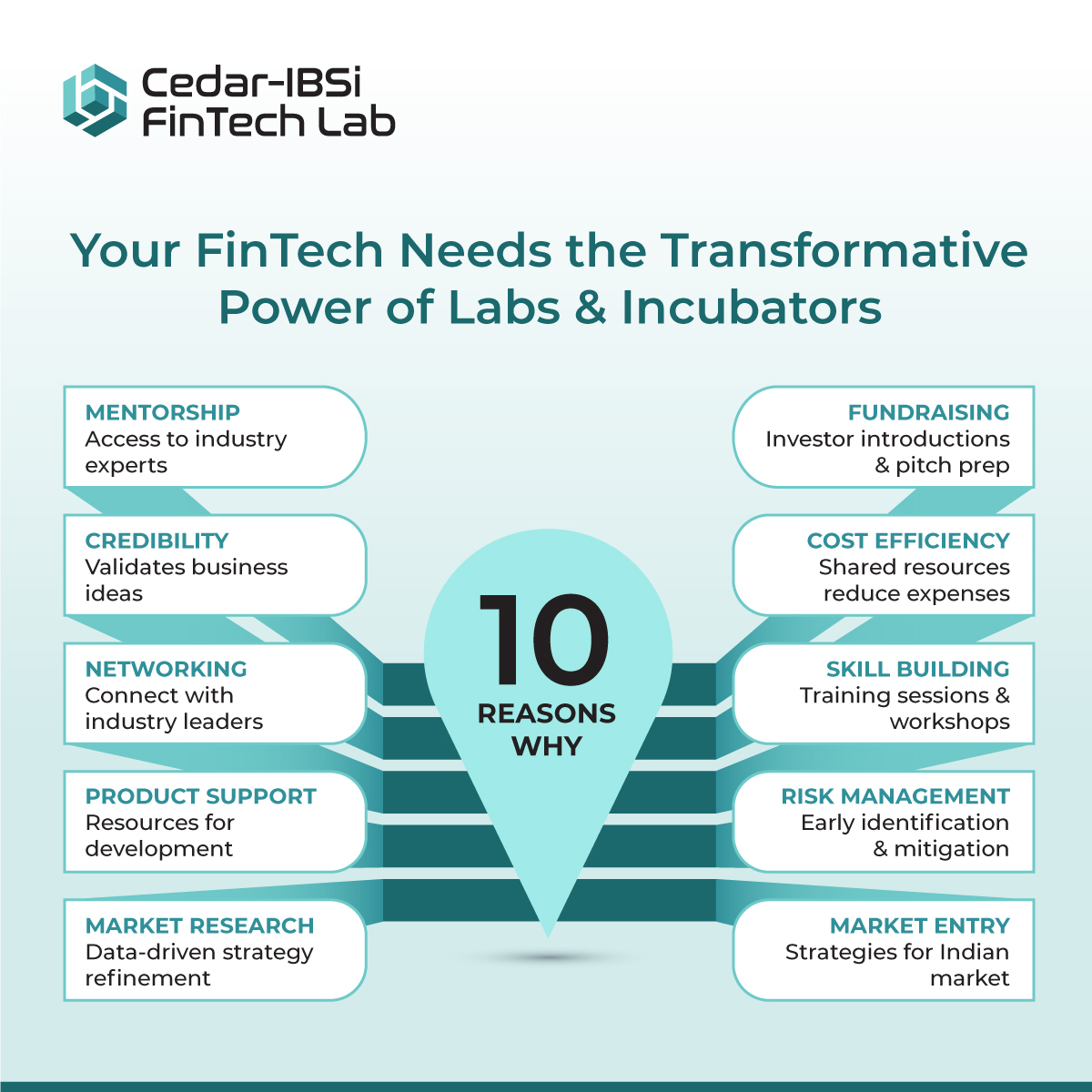Digital Disruption: How FinTechs Are Outpacing Traditional Banks in Trade Finance
Trade finance has always been pivotal for global trade, shoring up global supply chains and addressing liquidity concerns. However, there has been a significant shift in its landscape in recent years. While traditional banks once dominated trade finance, FinTechs are rapidly ascending due to several prevailing industry trends.
FinTechs: Pioneers of a Digital-First Era
As in many other industries, the COVID-19 pandemic expedited the digital transformation of the trade finance sector. Data from Statista highlights that the trade finance deficit recently rose to $2 trillion, up from $1.5 trillion before the pandemic.
As the world’s trade infrastructure felt the strain, it became clear that established systems and conventional bank services were lagging behind, enabling the growth of the trade finance gap. Many traditional banks struggled to adapt quickly enough, causing disruptions and delays in trade financing processes.
Enter FinTechs – with digital, cloud-centric solutions that boosted the accessibility of trade finance, which particularly benefited SMEs in emerging markets. In contrast to banks, burdened by paperwork and red tape, FinTechs harnessed innovations like open banking, digital data capture, and cloud-based storage.
By Oliver Carson, CEO and Co-Founder of Universal Partners

This gave way to a much more refined, agile process – introducing a modern approach that has effectively addressed the inefficiencies of traditional trade finance, heralding a new era for the industry.
Tailored Financial Solutions for SMEs
For decades, traditional banking practices, with their rigid criteria and legacy systems, have often disadvantaged SMEs. The innate nature of SMEs, characterised by limited credit histories and sporadic cash flows, has frequently resulted in declined trade finance applications.
However, FinTechs recognised an overlooked opportunity. Rather than viewing SMEs through the same lens as traditional banks, FinTechs delved deeper into understanding their unique needs, challenges, and potential.
FinTechs saw SMEs’ requirements and developed tailored financial solutions, such as non-recourse financing. This not only placed the responsibility of payment recovery squarely on the financiers but gave SMEs the crucial working capital they needed without the usual risks.
The success of this approach is evident in the numbers, with FinTechs able to offer a faster, more cost-effective digital service. According to Bain & Co’s projections, by serving these previously underserved SME sectors, FinTechs could earn an extra $2 billion annually in trade finance fees and potentially drive trade volumes up to a staggering $1 trillion by 2026.
A Battle of Agility and Reputation
Traditional banks, once dominant, are now facing challenges in the trade finance domain. Regulatory measures like the Basel III framework, designed to ensure financial stability, have inadvertently decreased the operational flexibility of banks, making it harder for them to adapt swiftly to changing market dynamics.
Compounding this is the banks’ cautionary approach toward SMEs, and this conservative stance has not only limited the growth potential of these enterprises but has also dented the banks’ image as holistic financial service providers.
In contrast, FinTechs have shown remarkable agility in adapting to the current market needs. Their strategies, inherently more favourable towards SMEs, have filled the void left by traditional banks. By leveraging the latest technological advancements, FinTechs have introduced enhanced security measures and streamlined operations, providing a more user-centric experience.
While banks recognise the evolving landscape and are making concerted efforts to innovate with platforms like ‘we.trade’ and ‘Trade Finance Gate’, there’s a palpable sense the institutions are trying to regain lost momentum. The challenge is not just about introducing new tools or platforms but fundamentally reshaping their approach to be more inclusive and adaptive, much like the FinTechs they now compete with.
In summary, FinTechs, with their proactive models and emphasis on customer needs, are continuously making their mark in the trade finance landscape. For traditional banks, the onus is now twofold: not only to innovate but to re-establish the trust of SMEs who now see FinTechs as more dependable allies. As the financial world moves ahead, agility, innovation, and customer-centricity will be at the heart of success, and at present, FinTechs are leading the charge and will find themselves the trusted partners of the global giants of the future.









